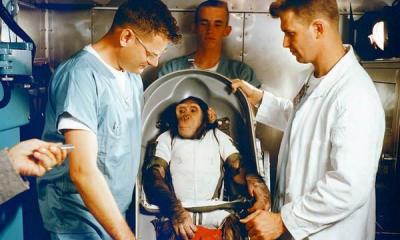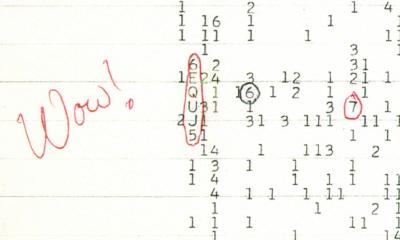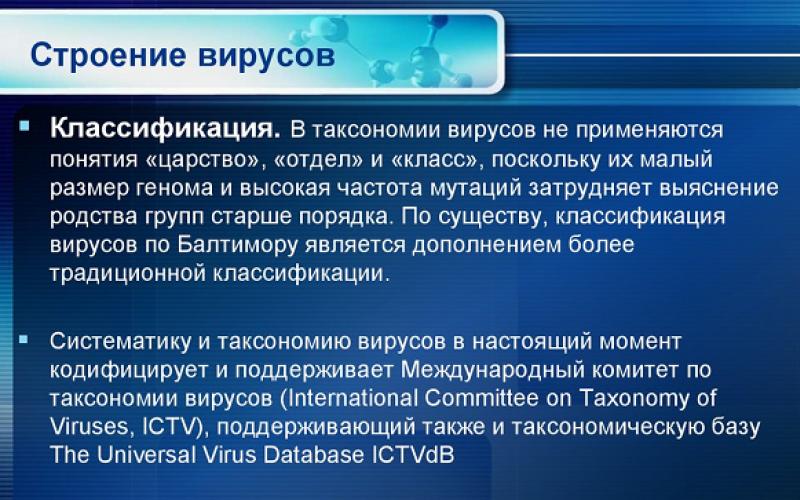Surely, each of you has encountered viruses on computers. Now, of course, there are a huge number of them. And at one time it was a curiosity. Let's take a look at some interesting facts about computer viruses that you didn't know.
1. The very first virus in the world was introduced on November 10, 1983 by Fred Cohen at a seminar on computer security. And today it is already known about more than several thousand types of viruses that infect electronic devices every day.
2. According to statistics, every third computer is subjected to virus attacks at least once a year.
3. According to research, a specialist found that antiviruses become outdated in 1-2 days. Due to this, 15% of viruses easily penetrate the computer, regardless of anti-virus protection. After all, every day hackers come up with more and more sophisticated ways to infect equipment.
4. Each year, computer viruses cause $1.5 trillion in financial damage to the global economy.
5. The most destructive virus in history had the romantic name "I Love You", also known as LoveLetter. Letters with this inscription began to be sent from the Philippines on the night of May 4 to May 5, 2000 to users around the world. Unsuspecting users opened a letter that hid an insidious virus.

When opening an attachment, the virus immediately created a copy of itself and sent it to all the user's contacts. So the computer virus "I Love You" was able to cause damage to the global economy in the amount of 10-15 billion dollars, hitting more than 3 million computers. Having become the most expensive virus ever in the world, LoveLetter entered the Guinness Book of Records as the most destructive virus in the world.
6. But the safest virus is the virus called "Blaster" also known as Lovsan, Lovesan or MSBlast. The worm epidemic was observed in August 2003. The story began with the fact that the Xfocus team found a vulnerability in Windows operating systems related to a buffer overflow. Due to this vulnerability, virus programs appeared, the most famous of which was the Blaster worm. The worm, getting into the computer, began to generate random IP addresses and after that it looked for vulnerabilities in the victim's system, and when it found it, it infected the electronics and so the cycle repeated many times.
Due to this distribution, 300,000 computers were affected, 30 of which were in Russia. For users, the virus was harmless, except that because of the virus they had to restart the computer all the time. Blaster's goal was to attack Microsoft servers. However, the company was able to keep the damage from the worm to a minimum by temporarily shutting down its servers. The idea of the virus was that the worm contained in the code a hidden message addressed to Bill Gates: “Billy Gates why do you make this possible? Stop making money and fix your software!!” (“Billy Gates, why are you making this possible? Stop making money, fix your software!”).

The creator of the virus was an American schoolboy Jeffy Lee Parson, who was imprisoned for a year and a half and assigned 225 hours of community service.
7. The fastest virus in the world - Slammer, translates as a prison. In a matter of minutes, the computer worm was able to infect over 75,000 computers.
8. Famous programmer Peter Norton made an interesting statement in 1988. He believed that viruses did not exist at all and compared computer malware to myths about crocodiles living in the New York sewers. However, this did not stop Peter from starting his own antivirus project called Norton AntiVirus.

9. The first large-scale virus attack on the network occurred in 1988. It was called the Morris worm. The virus infected more than 6,000 computer systems in the US (including the NASA research center), paralyzing their work. So the "Morris worm" brought financial damage in the amount of $ 96 million.

10. Computer viruses, in addition to destruction, gave life to a new branch of the economy - annually anti-virus companies earn up to 2 billion dollars in the production of anti-virus software.
Top 10 interesting facts about computer viruses








